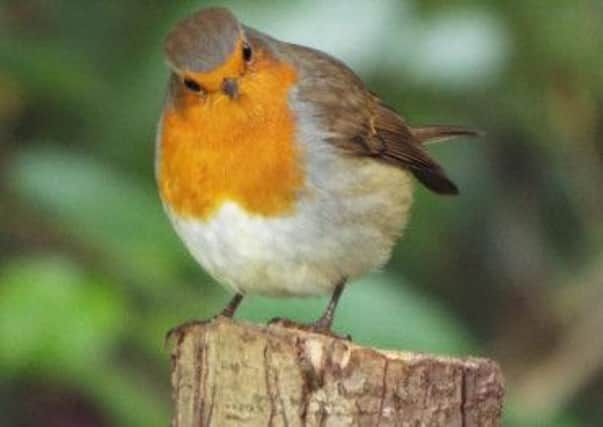Country & Coast: Winged relocations


All this activity is mirrored in the bird world and viewings of suitable accommodation by many species will become a priority in the next few weeks.
I’m hoping one particular vacant property in woodland above the Aire Valley will be occupied by a new family. In 2010, I nailed the nestbox about 12ft up the trunk of a birch tree. It has an engraved memorial to a dear friend, Jim Normington, who spent much of his boyhood in a nearby cottage during the First World War, watching long-eared owls on the edge of Bingley Moor and little grebes in a mill pond. He would be thrilled to know the box bearing his name has produced numerous broods of blue and coal tits since.
Advertisement
Hide AdAdvertisement
Hide AdA couple of years ago a great-spotted woodpecker, a bird notorious for predating the eggs and chicks inside nestboxes, tried to drill through the timber and enlarge the entrance. It gave up but left ugly pock-marks around the front of the box.
In gardens, the main threats to nestboxes are from grey squirrels and domestic cats, which are often best countered by sprinkling the top with a repellant like cayenne pepper, and also from human disturbance. Nailing a box in an exposed position that’s in full view of the patio is not a good idea because, like us, birds prefer to have some privacy from their neighbours.
Most boxes on sale at garden centres cater for hole-nesting birds like the tit family. Less common are boxes for robins which tend to require more open and secluded nesting sites, but you can easily provide them with an adequate solution. Once, in Ilkley, I wedged a lidless teapot between the branches of a hedge, leaving the opening at an angle of 45 degrees. Drainage holes in the bottom kept it dry and a pair of robins took residence, going on to produce several families.
You can provide most species with an improvised nesting place for little outlay. If mallard ducks visit your garden pond, an old cat basket may entice the female to stay and breed. And if you have a large tree, wedge an old home brew barrel in one of the upper branches to attract tawny owls.